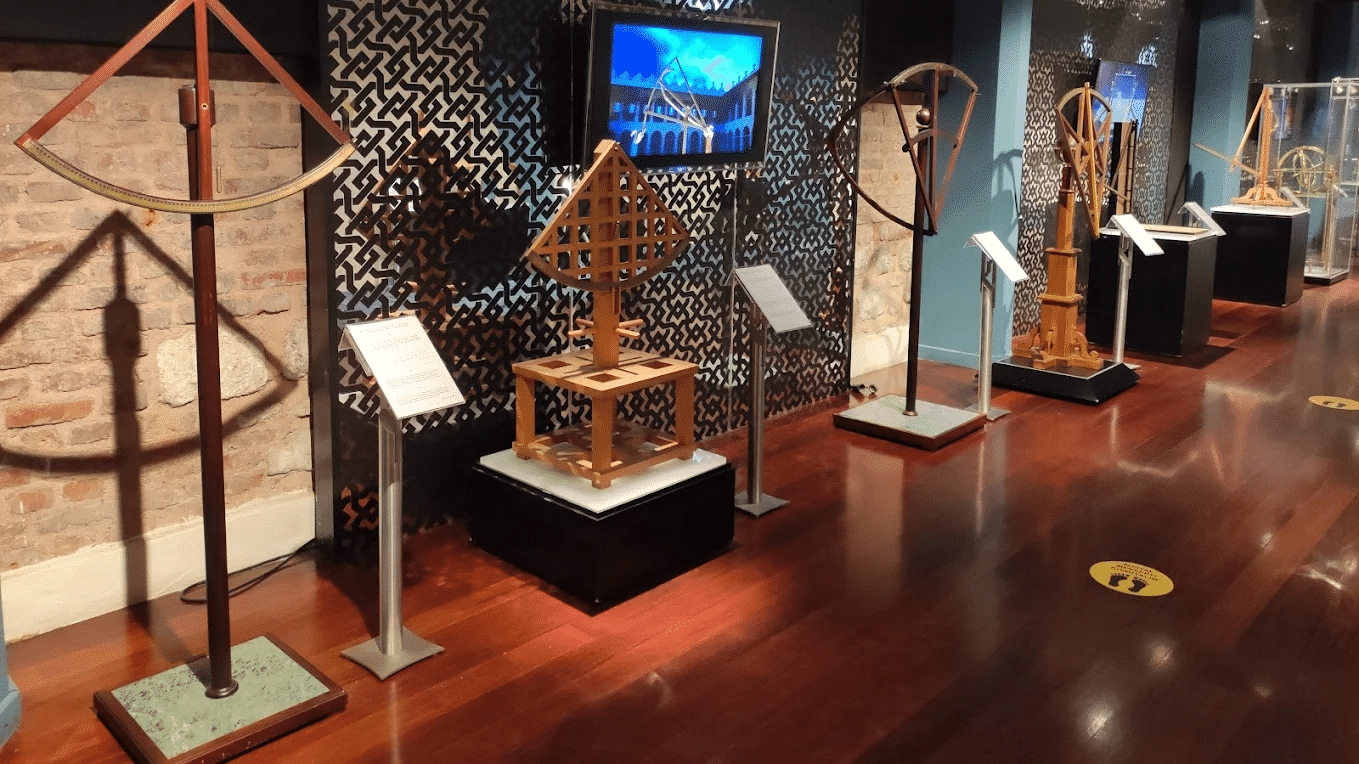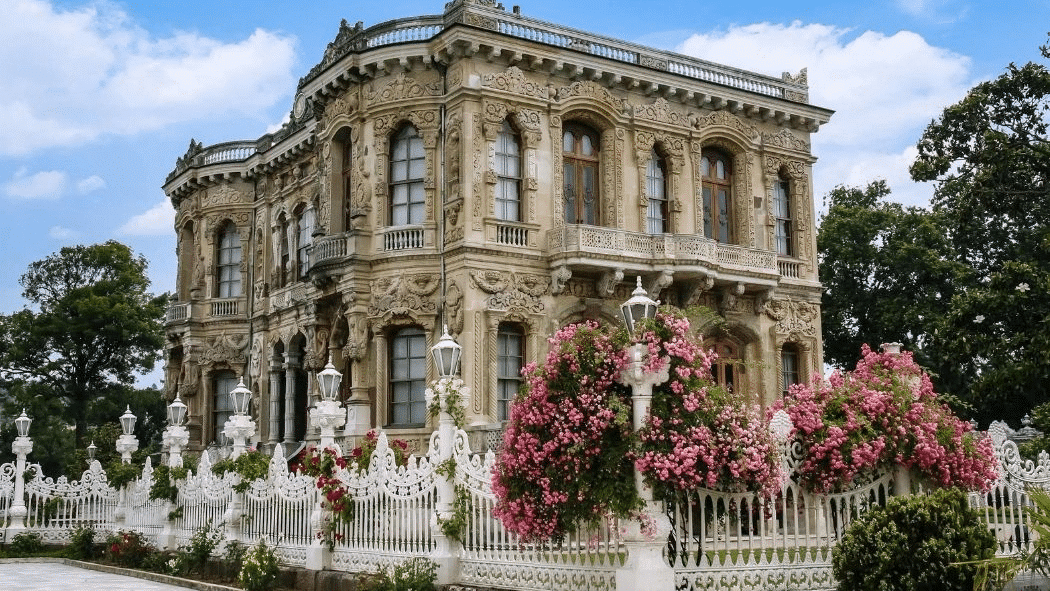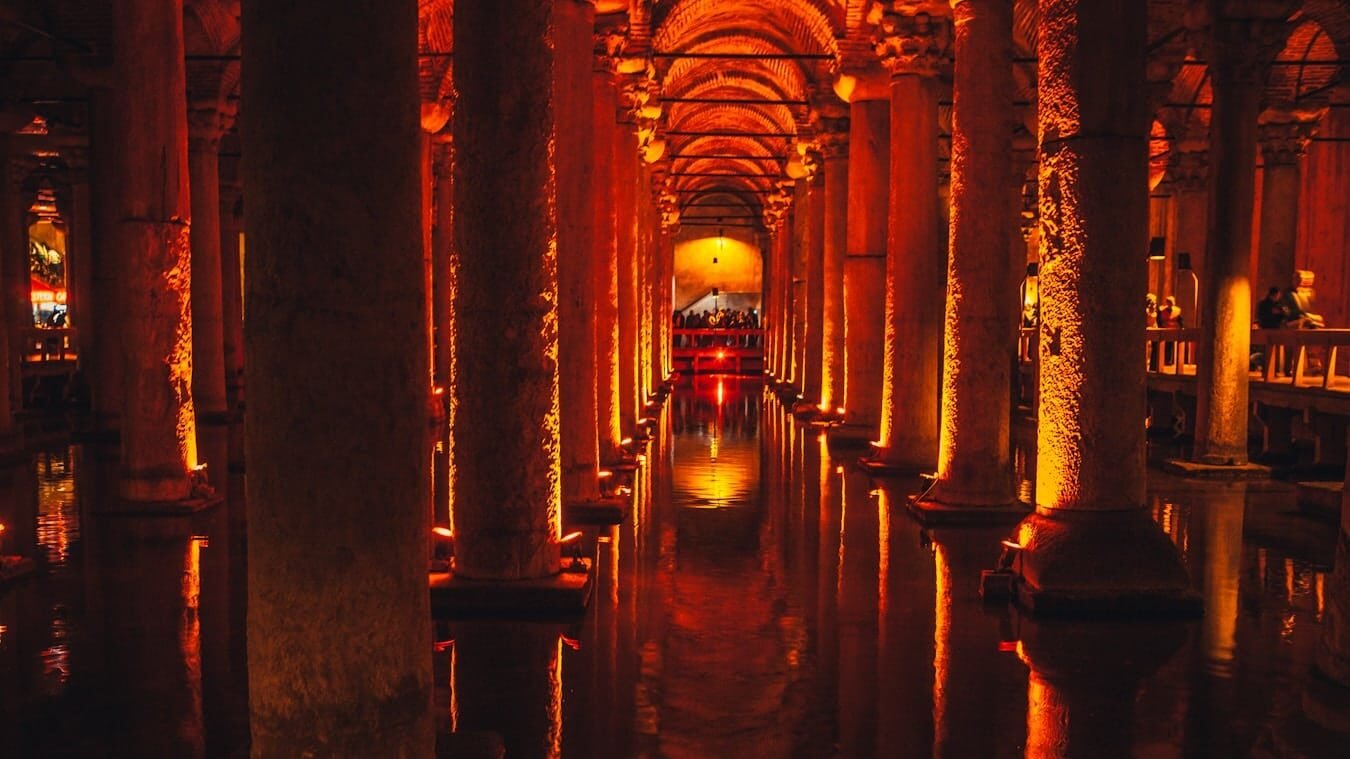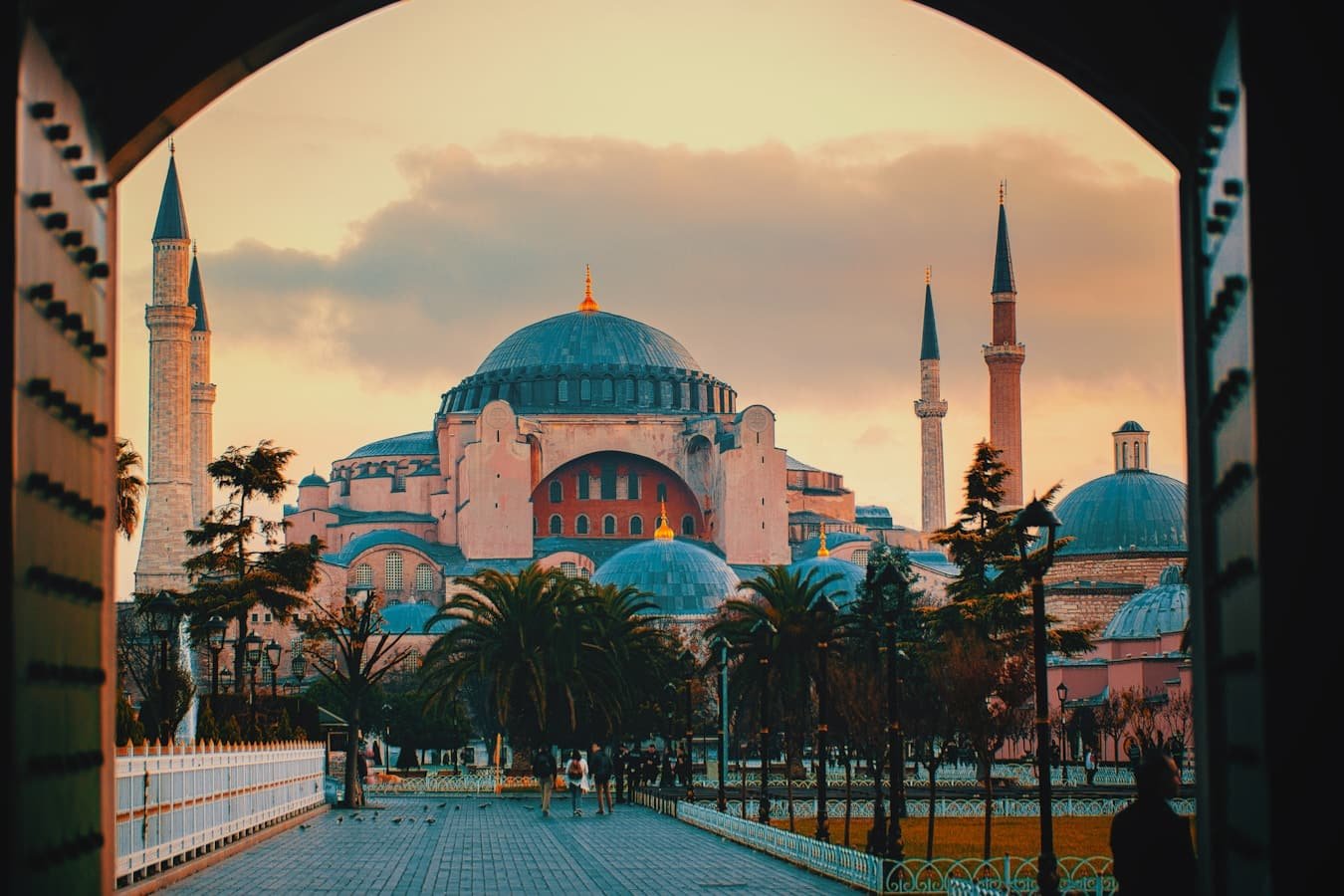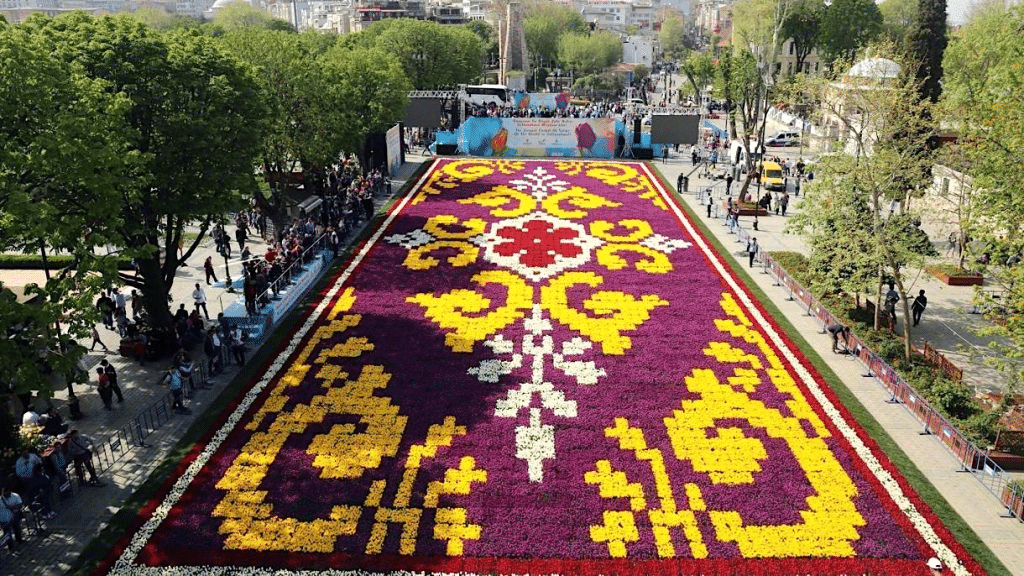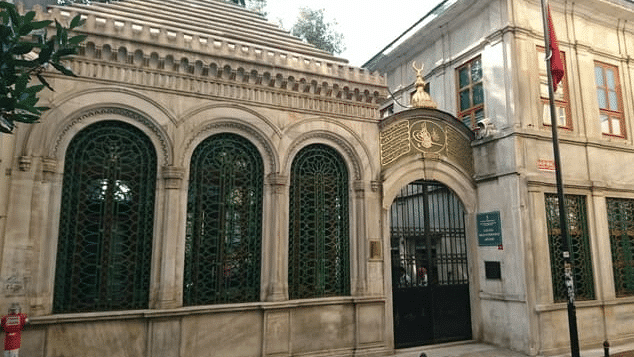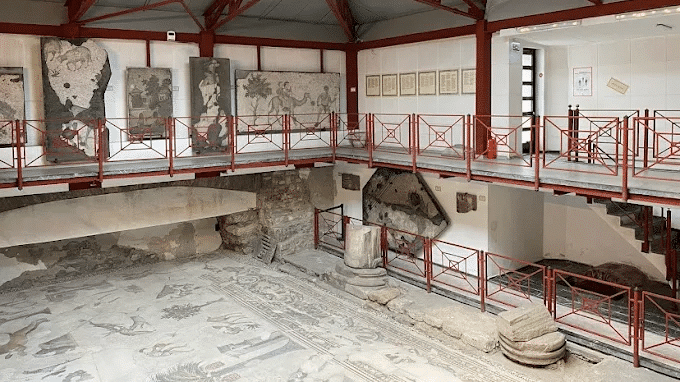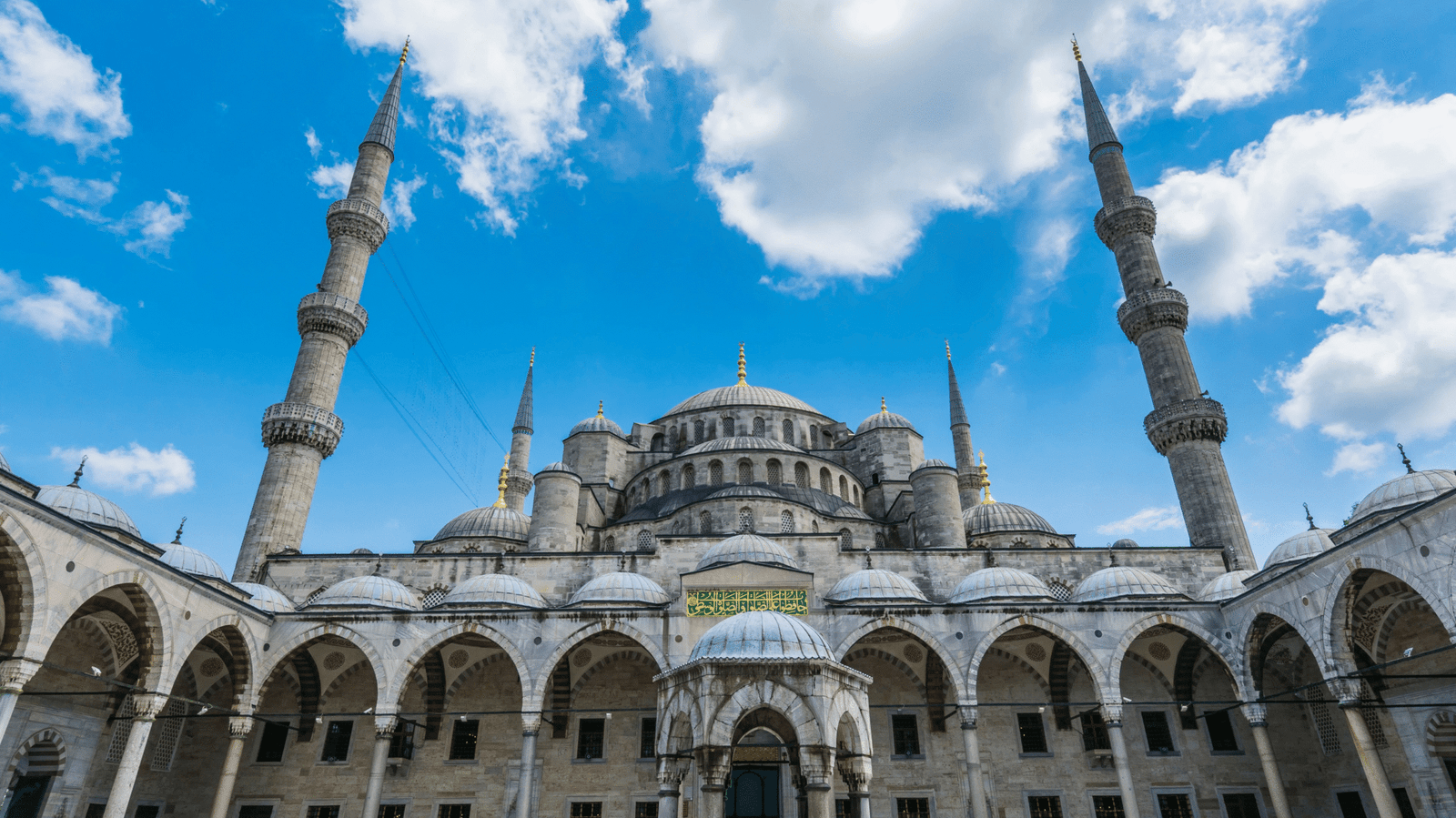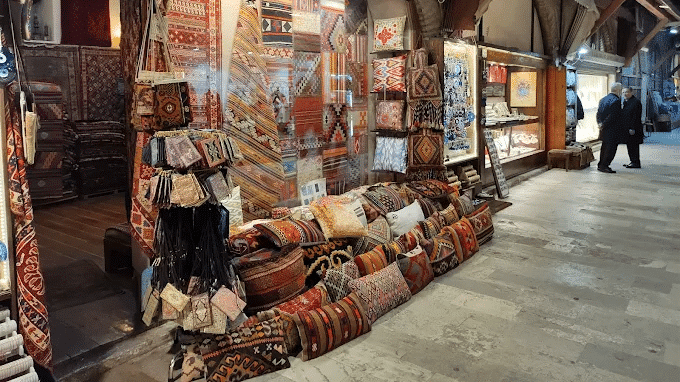Tucked away in the historic Gülhane Park, the Istanbul Museum of the History of Science and Technology in Islam offers visitors a fascinating journey through centuries of Islamic scientific achievement.
This unique cultural institution showcases the remarkable contributions of Muslim scholars to fields ranging from astronomy and mathematics to medicine and engineering, making it an essential stop for tourists seeking to understand the rich intellectual heritage that helped shape our modern world.
The Istanbul Museum of the History of Science and Technology in Islam provides an eye-opening experience that challenges common misconceptions about the medieval period, revealing how Islamic civilization preserved, enhanced, and transmitted crucial scientific knowledge during Europe’s Dark Ages.
For foreign tourists exploring Istanbul’s cultural landscape, this museum offers a refreshing alternative to the city’s more crowded attractions while delivering profound insights into humanity’s shared scientific heritage..
History & Background
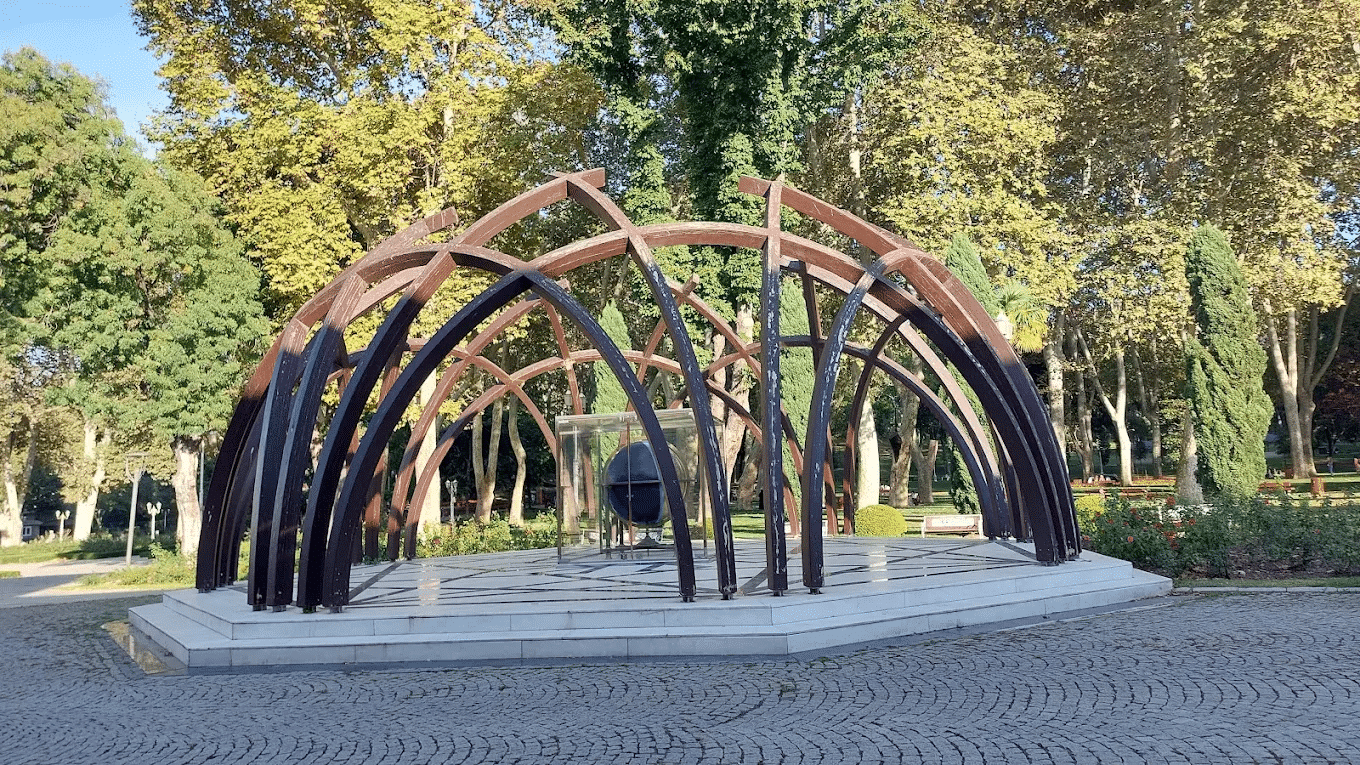
The Istanbul Museum of the History of Science and Technology in Islam opened its doors on May 25, 2008, establishing itself as a premier destination for understanding Islamic contributions to science and technology. Located within the beautifully restored Imperial Stables Building in Gülhane Park, the museum occupies a historically significant structure that once served the Ottoman court.
This remarkable institution came to life through collaboration with the Institute for the History of Arab-Islamic Sciences at Johann Wolfgang Goethe University in Frankfurt, Germany. The partnership resulted in an extraordinary collection of meticulously crafted replicas, each based on detailed descriptions and drawings found in historical manuscripts dating from the 9th to 16th centuries.
The museum’s creation filled a crucial gap in Istanbul’s cultural offerings, providing visitors with concrete evidence of Islamic civilization’s scientific achievements. While many tourists associate Islamic culture primarily with architecture and art, the Istanbul Museum of the History of Science and Technology in Islam demonstrates how Muslim scholars made groundbreaking discoveries in virtually every field of human knowledge.
Highlights of the Museum
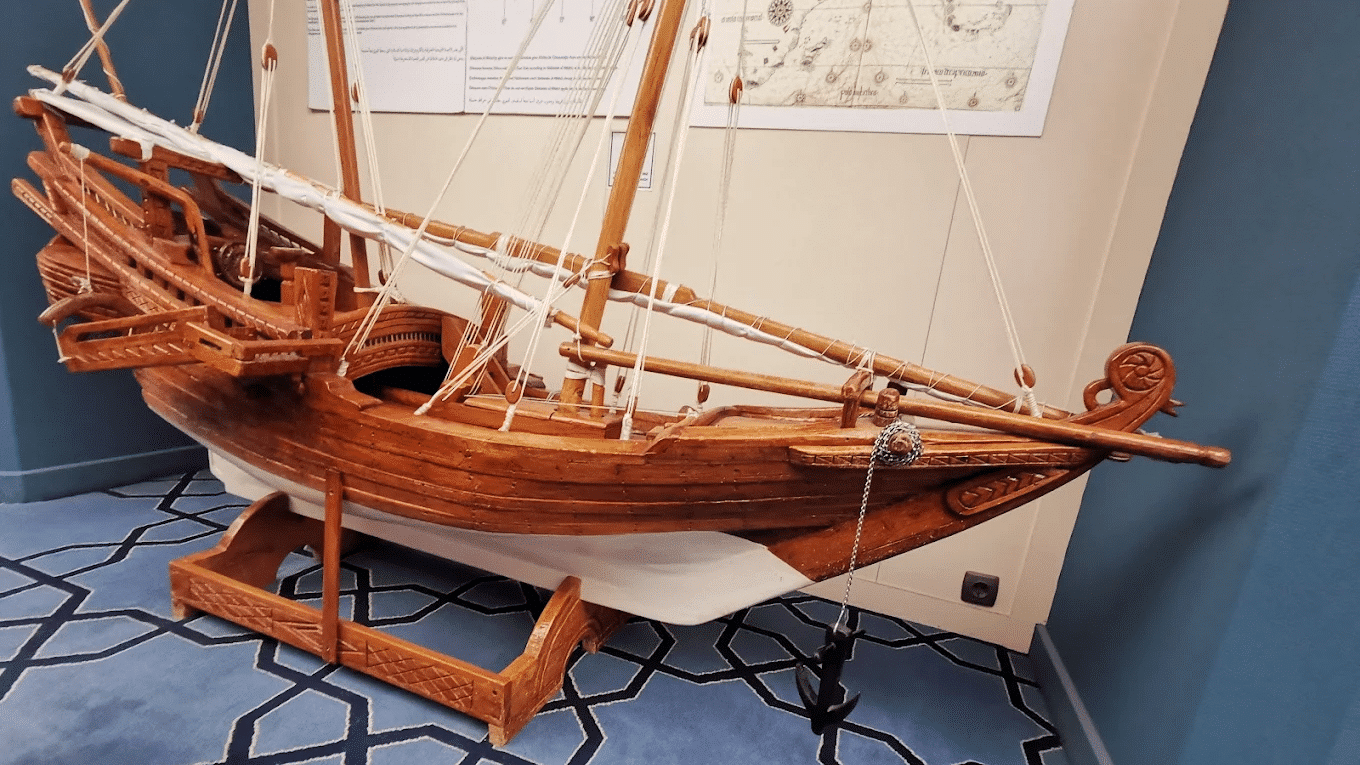
- Scientific artifacts crafted based on 9th to 16th-century manuscripts.
- Located in the historical Imperial Stables Building of Gülhane Park.
- Collaboration with the Institute for the History of Arab-Islamic Sciences in Germany.
- A focus on Islamic contributions to fields like mathematics, astronomy, medicine, and engineering.
- The museum showcases replicas and models that bring historical manuscripts to life.
Main Highlights & Key Features
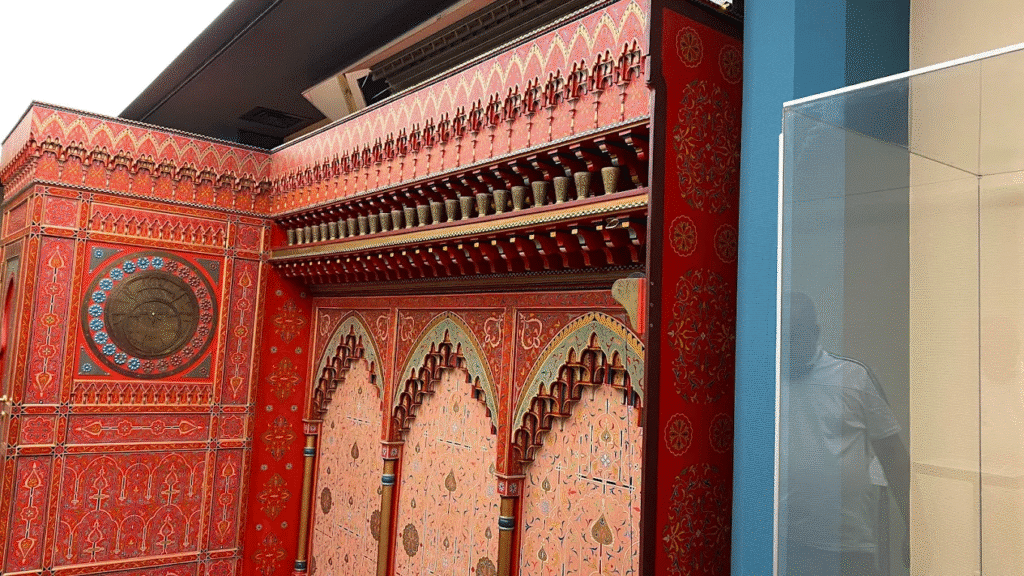
- The Istanbul Museum of the History of Science and Technology in Islam showcases over 570 scientific instruments, demonstrating the brilliance of medieval Islamic scholars.
- Astronomy section:
- Features astrolabes, celestial globes, and observational instruments.
- Used by medieval Muslim astronomers to map the heavens with remarkable accuracy.
- Mathematics and geometry exhibits:
- Display calculating devices, geometric instruments, and architectural tools.
- Show the techniques behind the construction of Islam’s most iconic buildings.
- Medical section:
- Includes surgical instruments, anatomical models, and pharmaceutical equipment.
- Highlights the advanced medical knowledge of Islamic physicians.
- Mechanical engineering section:
- Features automated devices, hydraulic systems, and programmable machines.
- Demonstrates how Islamic inventors developed complex machinery centuries before the industrial revolution.
- Other sections:
- Chemistry, optics, and navigation:
- Display practical instruments showing the application of theoretical knowledge.
- Chemistry, optics, and navigation:
- Interactive displays and detailed explanations connect ancient technologies to their impact on modern science.
Things to Do & What to Expect
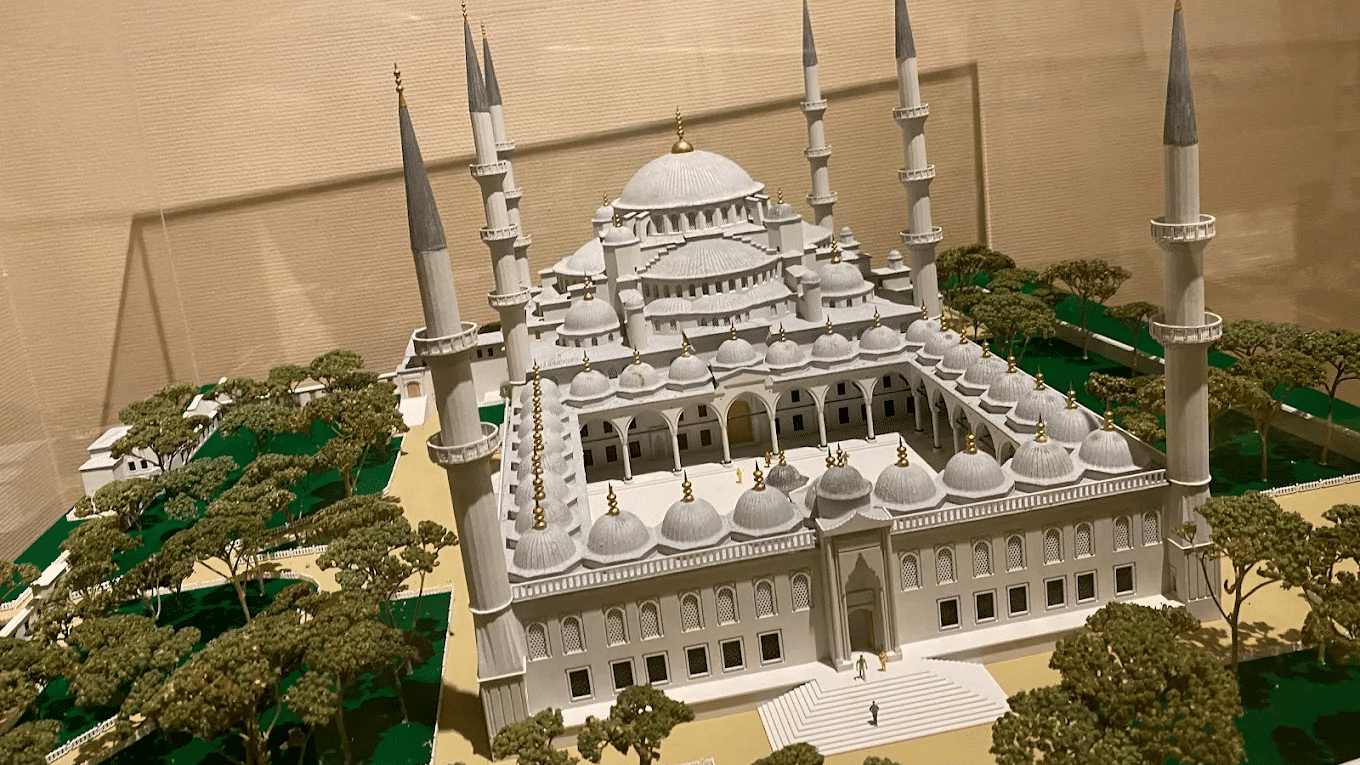
- The Istanbul Museum of the History of Science and Technology in Islam offers an immersive educational experience, typically requiring 2-3 hours to explore fully.
- The museum is organized chronologically, guiding visitors through different periods of Islamic scientific development.
- Start by exploring detailed wall texts and multimedia presentations that provide historical context for the exhibits.
- Explanations are available in multiple languages, making the museum accessible to international visitors.
- Study intricate scientific instruments featuring Arabic calligraphy and geometric patterns, showcasing the creators’ aesthetic sensibilities.
- Magnifying tools and detailed diagrams are available to help visitors appreciate the craftsmanship of the exhibits.
- Non-flash photography is allowed in most exhibition areas, offering opportunities for photography enthusiasts to capture unique images.
- Dramatic lighting and carefully arranged displays enhance the visual appeal of the exhibits.
- The museum occasionally hosts special exhibitions and educational programs focused on specific aspects of Islamic science and technology.
- Check the museum’s website for any special events during your visit.
Opening Hours & Best Time to Visit
Museum of the History of Science and Technology in Islam Operating Hours
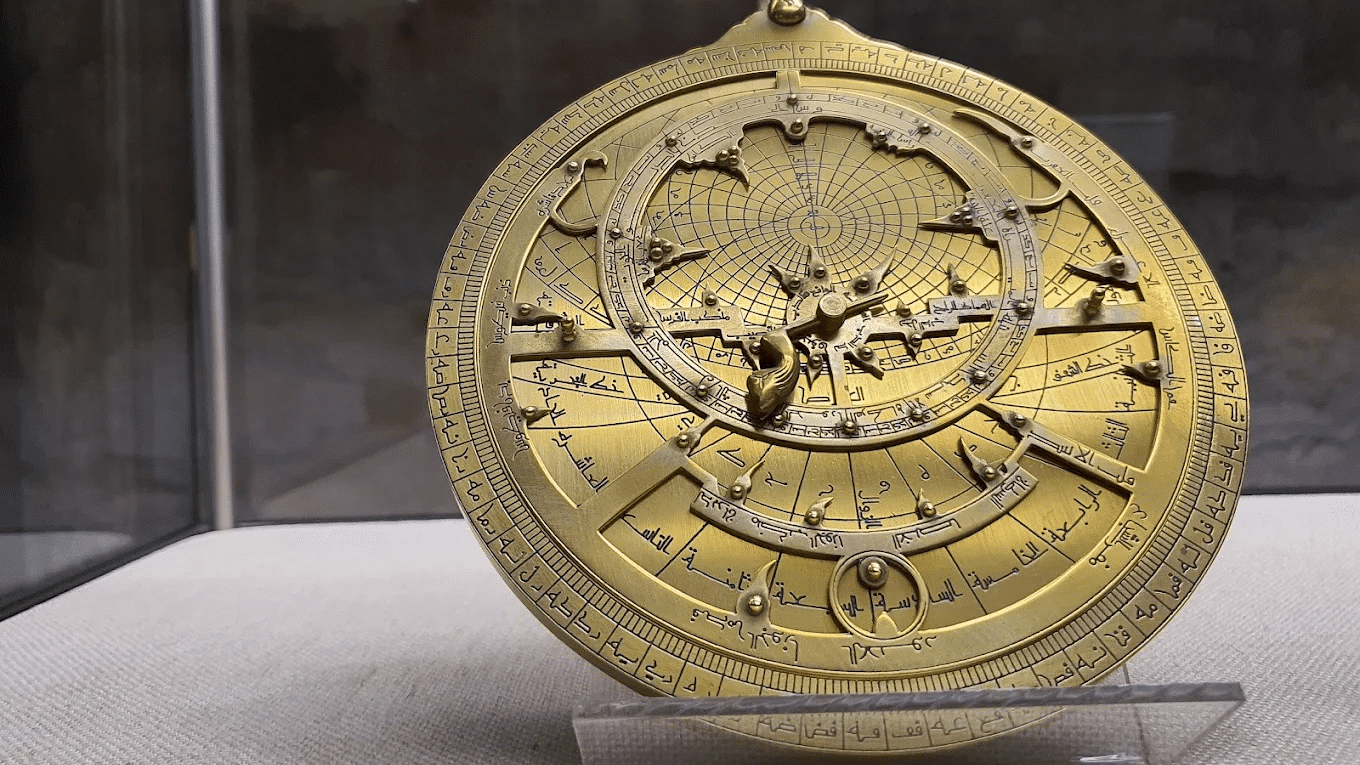
- Summer (April–October): 9:00 AM to 7:00 PM
- Winter (November–March): 9:00 AM to 5:00 PM
- Closed on Mondays for maintenance and preparation
Best Time to Visit
- Weekday mornings, especially Tuesday through Thursday, for lighter crowds and a peaceful experience
Seasonal Recommendations
- Spring and autumn are ideal for combining a museum visit with a stroll through Gülhane Park
- The park’s gardens and historical significance enhance the cultural experience.
Tickets & Prices
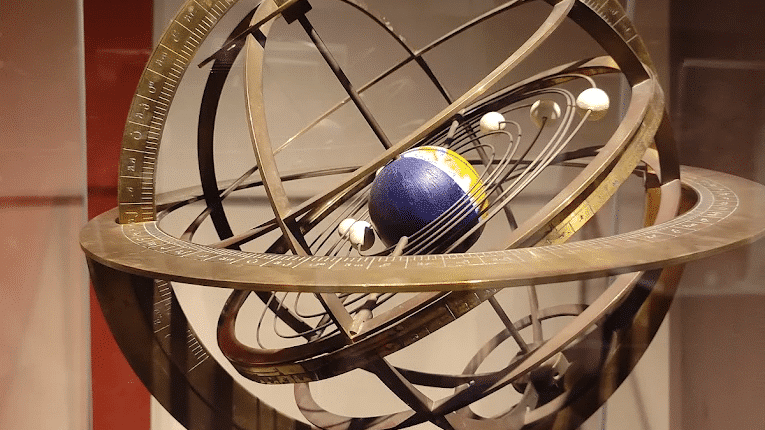
- Entry to the Istanbul Museum of the History of Science and Technology in Islam requires a separate admission ticket.
- Tickets can be purchased at the museum entrance or online through the official website.
Admission fees
- Adults: Approximately 30 Turkish Lira.
- Students and seniors: Discounted rates available with proper identification.
Payment options
- Both Turkish Lira and major international credit cards are accepted.
Additional services
- Audio guide rentals are available for an extra fee, offering detailed commentary in multiple languages.
Tips for visitors
- Consider purchasing a combined ticket if you plan to visit other museums in Gülhane Park or the surrounding Sultanahmet area.
- Some tour packages include admission to the Istanbul Museum of the History of Science and Technology in Islam along with other cultural attractions.
How to Get There
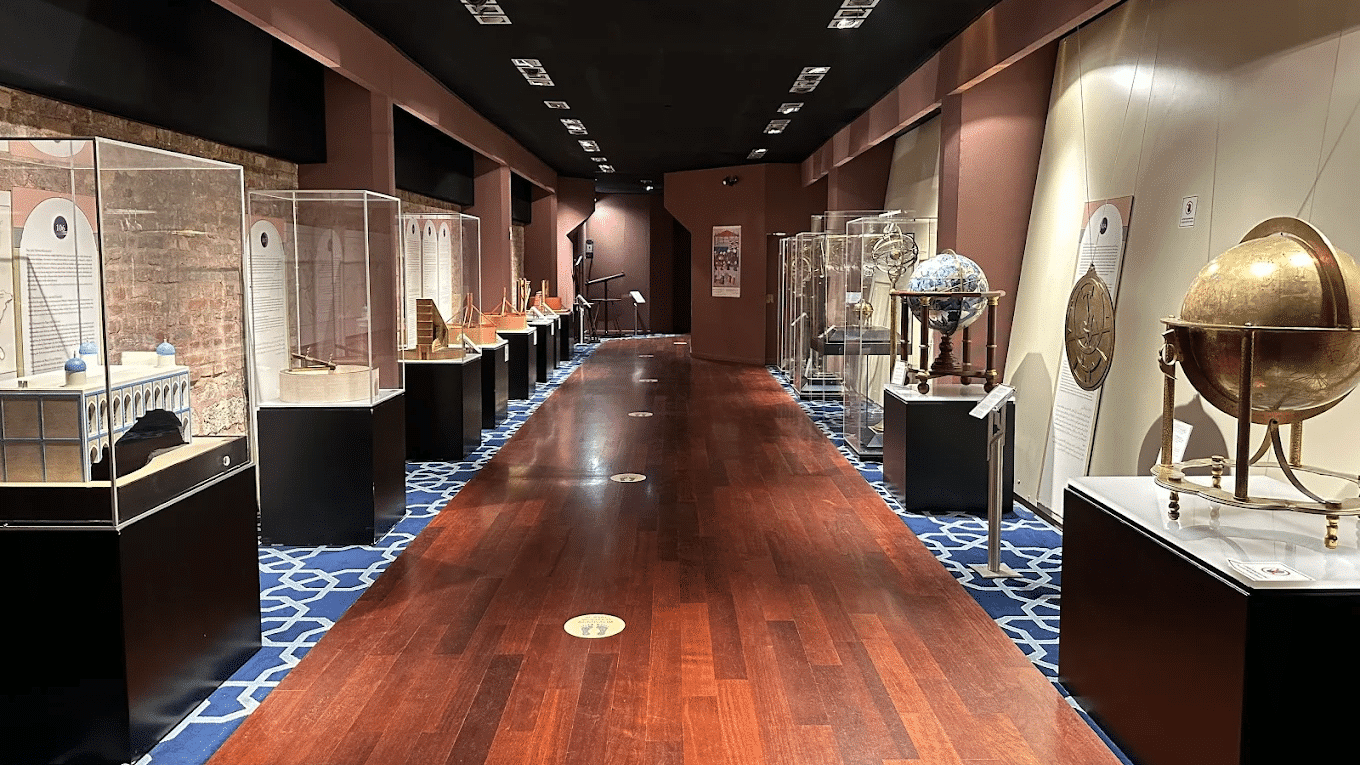
How to get from Taksim?
- Take the Metro M2 line from Taksim to Vezneciler station, then walk 10 minutes through historic streets to Gülhane Park.
- Use the historic tram: take the funicular from Taksim to Kabataş, then board the tram to Gülhane station, which is right at the park entrance. This route offers scenic views of the Bosphorus and Golden Horn.
- Take a taxi from Taksim to the museum, which takes 15-20 minutes depending on traffic. Costs range from 25-40 Turkish Lira.
How to get from Sultanahmet?
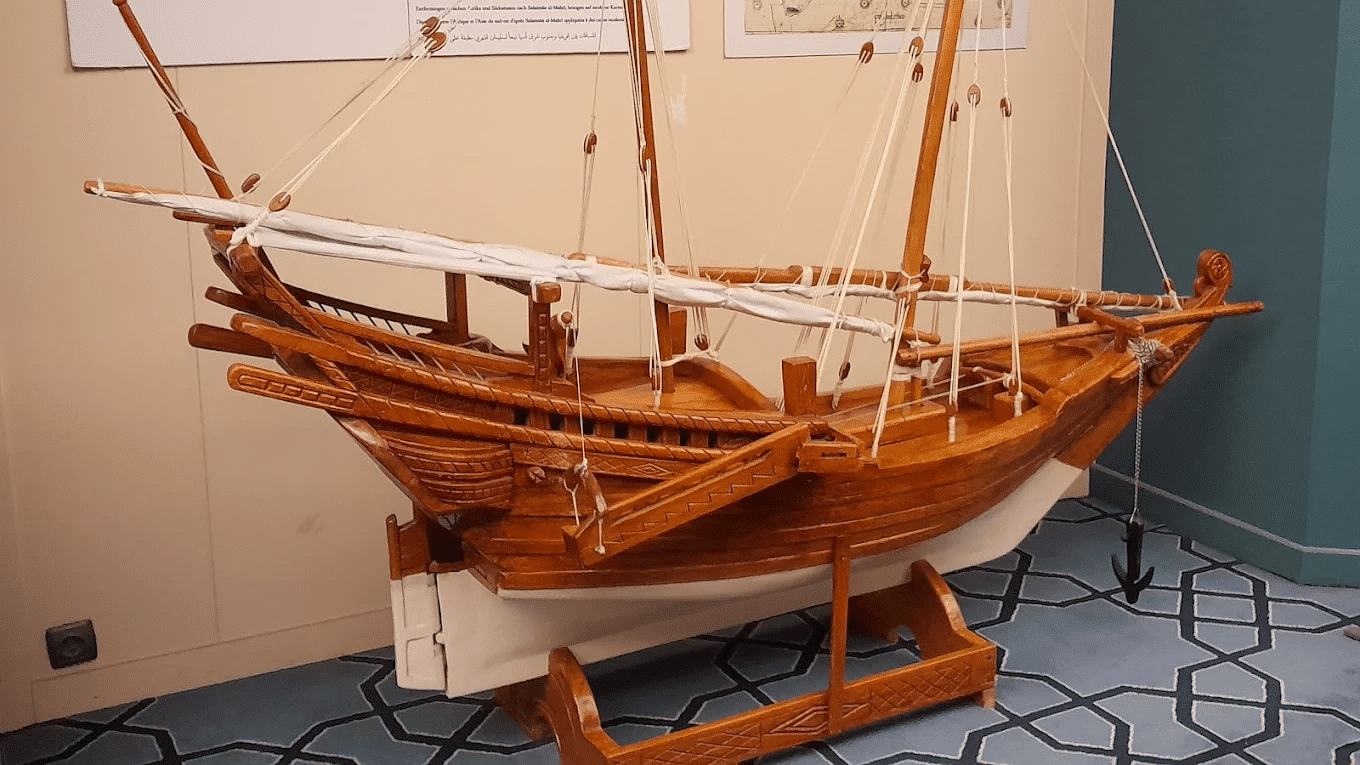
- The Istanbul Museum of the History of Science and Technology in Islam is within walking distance of Sultanahmet’s major attractions.
- It’s a pleasant 10-minute walk through Gülhane Park from the Blue Mosque or Hagia Sophia to the museum entrance.
- For easier access, use the Gülhane tram station, located just 200 meters from the museum.
- The tram option is ideal if you’re carrying heavy bags or want to conserve energy for exploring the museum.
Nearby Attractions
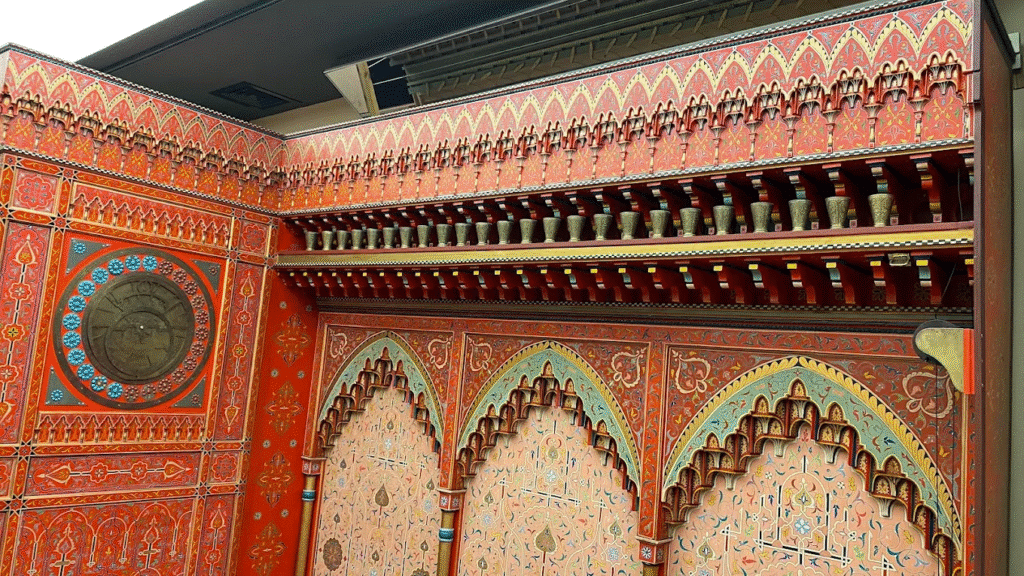
The Istanbul Museum of the History of Science and Technology in Islam benefits from its location within Gülhane Park, surrounded by some of Istanbul’s most significant historical sites:
- Topkapi Palace: The former Ottoman imperial residence offers stunning architecture and historical artifacts
- Hagia Sophia: The iconic Byzantine cathedral turned mosque represents Istanbul’s religious heritage
- Blue Mosque: Famous for its distinctive blue tiles and impressive architectural proportions
- Basilica Cistern: An underground marvel of Byzantine engineering with atmospheric lighting
- Grand Bazaar: One of the world’s oldest covered markets featuring traditional crafts and souvenirs
- Spice Bazaar: A sensory experience filled with aromatic spices, teas, and Turkish delicacies
- Galata Bridge: Perfect for photography and observing daily life along the Golden Horn
- Turkish and Islamic Arts Museum: Complementary collections that enhance understanding of Islamic culture
Insider Tips & Local Advice
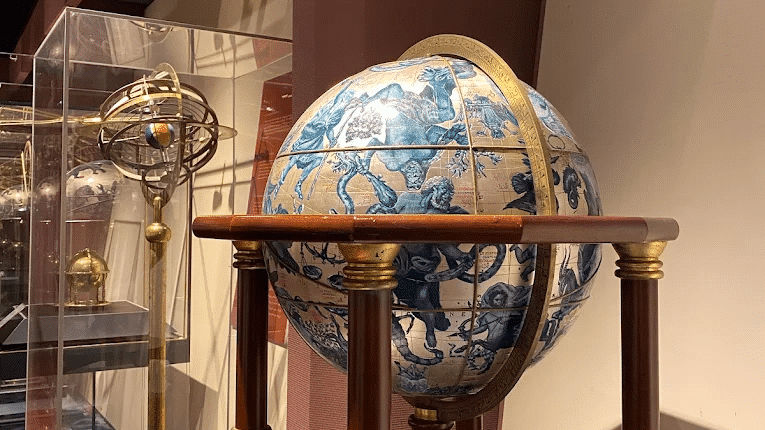
- Visit the Istanbul Museum of the History of Science and Technology in Islam early in your itinerary to better understand other historical sites in the city.
- Learn about Islamic scientific achievements to enhance your appreciation of Istanbul’s architectural marvels.
- Bring a notebook or use your phone to record interesting facts and observations, as the museum provides a wealth of information.
- Use the detailed explanations to enrich conversations with local guides and fellow travelers.
- Wear comfortable walking shoes, as the museum floors are hard and some areas have uneven surfaces.
- Explore the museum’s location within Gülhane Park by planning a picnic lunch in the surrounding gardens.
- Purchase snacks and beverages from local vendors near the park entrance for a relaxing outdoor meal after your visit.
Where to Eat Nearby
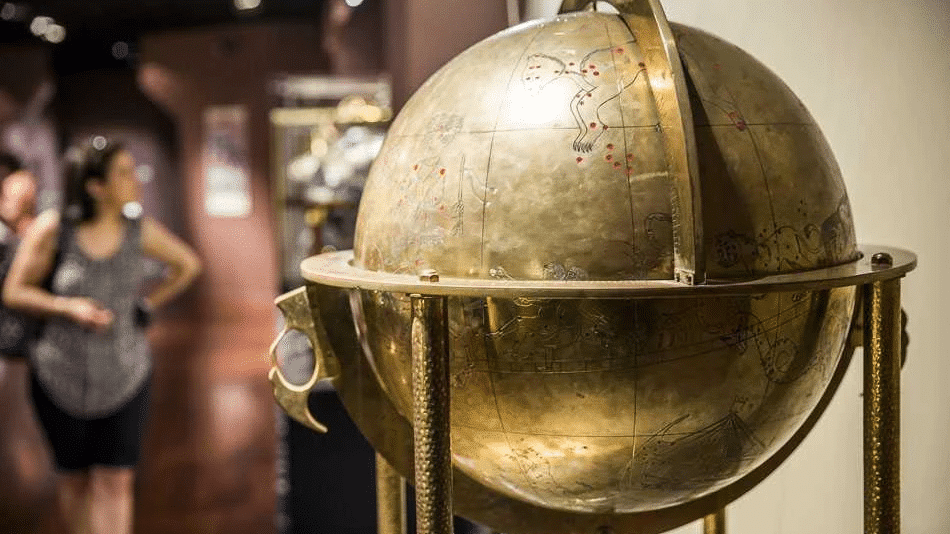
- Pandeli: Located above the Spice Bazaar, this restaurant serves traditional Ottoman cuisine in an elegant setting with historic tilework and period furnishings.
- Hamdi Restaurant: Near Eminönü, it specializes in southeastern Turkish kebabs and offers excellent views of the Golden Horn. Their lamb dishes pair perfectly with Turkish bread and fresh salads.
- Sefa Restaurant: Close to Gülhane Park, this spot provides affordable Turkish home cooking with daily specials based on seasonal ingredients. The friendly staff helps visitors navigate the menu and traditional dishes.
- Street Food Vendors near Eminönü Square: Perfect for street food enthusiasts. Try balık ekmek (fish sandwiches), döner kebab, and simit (Turkish bagels) while enjoying waterfront views.
Frequently Asked Questions
How long should I plan for my visit to the Istanbul Museum of the History of Science and Technology in Islam?
Most visitors spend 2-3 hours exploring the museum thoroughly, though those with particular interest in science history may want to allow additional time for detailed study of specific exhibits.
Are guided tours available at the Istanbul Museum of the History of Science and Technology in Islam?
The Museum of the History of Science and Technology in Islam offers guided tours for groups with advance booking, and audio guides are available for individual visitors in multiple languages including English, German, and Turkish.
What are the opening hours of the Istanbul Museum of the History of Science and Technology in Islam?
The Museum of the History of Science and Technology in Islam is open to visitors every day except Mondays, from 9:00 AM to 5:00 PM. It is advisable to check for special closures or holiday hours before planning your visit.
Is photography allowed inside the museum?
Photography is permitted within the Museum of the History of Science and Technology in Islam for personal use, but the use of tripods, flash, or professional equipment requires prior authorization.
Is the museum accessible for people with disabilities?
Yes, the Museum of the History of Science and Technology in Islam provides wheelchair access and facilities to ensure a comfortable experience for visitors with disabilities. Staff members are also available to provide assistance if needed.
Are food and drinks allowed inside the museum?
Food and drinks are not permitted inside the museum galleries. However, there is a designated café and lounge area where visitors can enjoy refreshments.
Are guided tours available?
Yes, the Museum of the History of Science and Technology in Islam offers guided tours at specific times throughout the day. Visitors can check the schedule online or at the information desk upon arrival.
Can I purchase tickets online?
Absolutely! Tickets can be purchased online through the museum’s official website. This is recommended to avoid long lines and ensure entry during busy hours.
Is there parking available at the museum?
Yes, the museum provides on-site parking for visitors. Additionally, there are alternative parking lots and public transportation options nearby.
